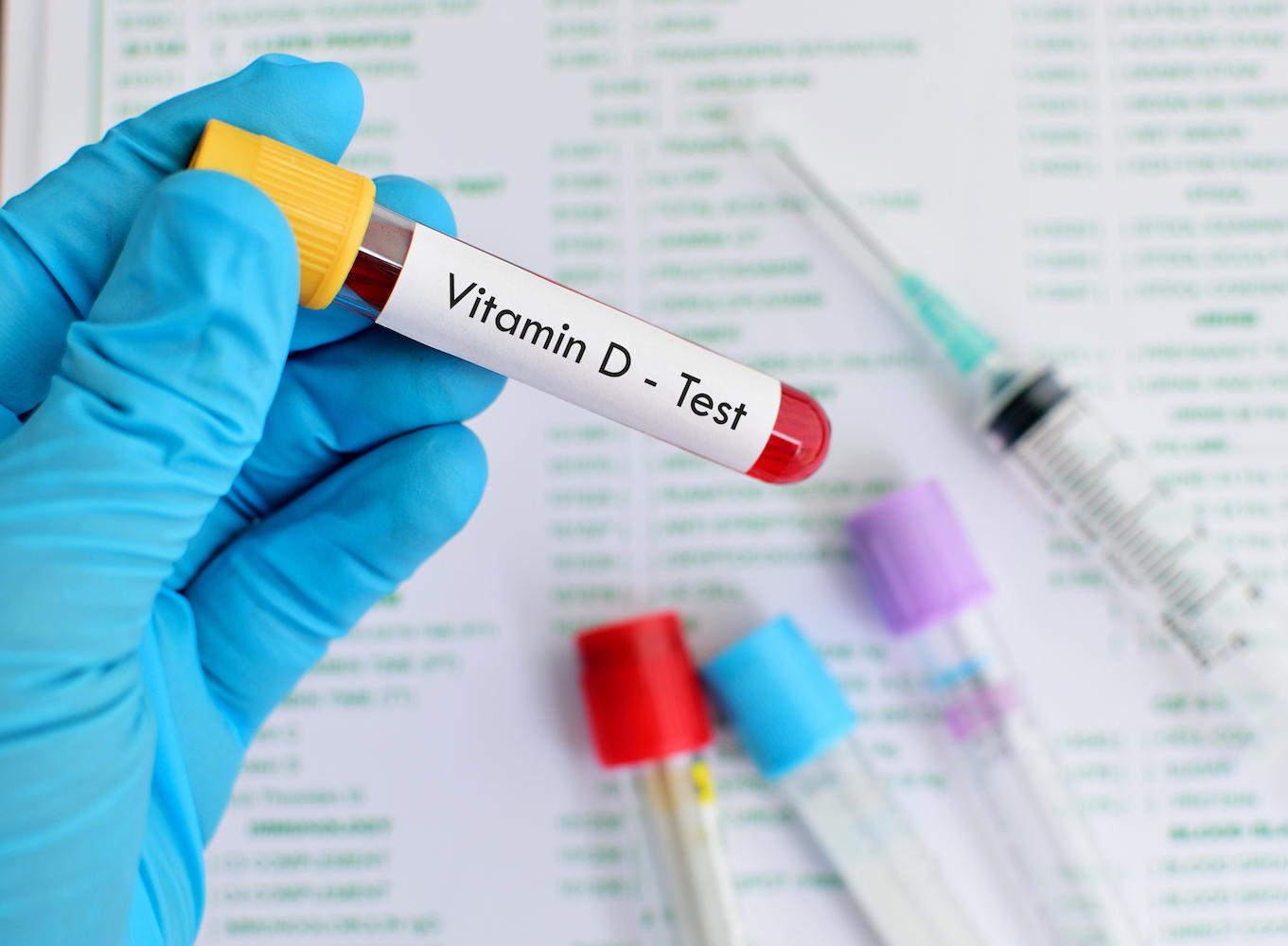First Data to be Published on COVID-19 Severity and Vitamin D Levels

From GrassrootsHealth
In several posts over recent months, we have discussed the many ways that optimal vitamin D levels are necessary to initiate and maintain a healthy immune response, especially within the respiratory system. Our paper, Evidence that Vitamin D Supplementation Could Reduce Risk of Influenza and COVID-19 Infections and Deaths, was published last month, detailing the current research in support of higher vitamin D serum levels and decreased incidence of viral-induced respiratory diseases.
In a preprint letter (not yet peer reviewed), data is presented from 212 COVID-19 patients who had been hospitalized in three separate hospitals in Southern Asia. This is the first published data comparing the severity of symptoms to vitamin D serum levels.
Cases were all confirmed for COVID-19 and were grouped as follows:
- Mild – presenting with mild clinical symptoms and no diagnosis of pneumonia
- Ordinary – presenting with fever, respiratory symptoms, and a confirmed diagnosis of pneumonia
- Severe – cases with hypoxia and respiratory distress
- Critical – cases with respiratory failure requiring intensive care
Vitamin D levels were grouped as follows:
- Normal – vitamin D level of 30 ng/ml (75 nmol/L) or above
- Insufficient – vitamin D level between 21-29 ng/ml (51-74 nmol/L)
- Deficient – vitamin D level below 20 ng/ml (50 nmol/L)
What were the findings of this study?
The average vitamin D level of all 212 cases was 24 ng/ml (59 nmol/L).
Of all COVID-19 cases
- 49 (23%) cases were categorized as mild, with an average vitamin D level of 31 ng/ml (78 nmol/L)
- 59 (28%) were categorized as ordinary, with an average vitamin D level of 27 ng/ml (68 nmol/L)
- 56 (26%) were categorized as severe, with an average vitamin D level of 21 ng/ml (53 nmol/L)
- 48 (23%) were critical, with an average vitamin D level of 17 ng/ml (43 nmol/L)
- 86% of all cases among patients with normal vitamin D levels were mild, while 73% of cases among patients with vitamin D deficiency were severe or critical
- For each standard deviation increase in vitamin D level, the odds of having a mild case compared to a severe case were 7.94 times more, and the odds of having a mild case compared to a critical case were 19.61 times more
- All outcomes were statistically significant
The author concludes,
“This means that serum (OH)D level in the body could account for the clinical outcomes of the patients infected with Covid-2019. An increase in serum (OH)D level in the body could either improve clinical outcomes or mitigate worst (severe to critical) outcomes. On the other hand, a decrease in serum (OH)D level in the body could worsen clinical outcomes of Covid-2019.”
Click here for additional information and graphical representation of data from GrassrootsHealth
SmartTan.com news articles regularly report medical and scientific information to keep you abreast of current events related to UV light. This information is not intended to be used by any party to make unwarranted health claims to promote sunbed usage. Indoor tanning businesses are obligated to communicate a fair and balanced message to all clients about your products and services including the potential risks associated with indoor tanning. Contact your Smart Tan representative to find out more about what you can and can’t say in your tanning salon business.
© 2020 International Smart Tan Network. All rights reserved.
